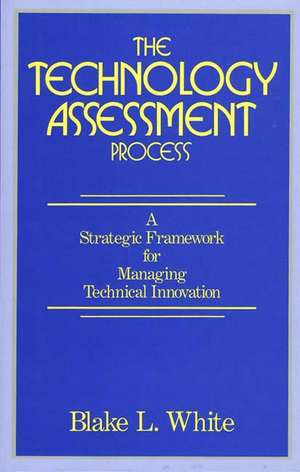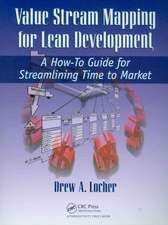The Technology Assessment Process: A Strategic Framework for Managing Technical Innovation
Autor Blake L. Whiteen Limba Engleză Hardback – 31 aug 1988
The book begins with an introductory chapter that sets the parameters of the technology assessment process. Subsequent chapters explore the relationship between technology and science and examine the changes wrought by technological advances. The central chapter gives general principles to assist the reader in identigying key technologies and their applicability to corporate value chain activities. White demonstrates how product development, manufacturing, and sales activities can be evaluated for possible improvement. He also shows how the goals of reducing cost, blocking competition, restructuring one's industry, and improving the idea flow among staff members can be achieved through technological innovations. At the same time, the human element is not ignored. White notes that organizational effectiveness versus efficiency, acceptance of change, political threats created by technology, holistic approaches to problem solving, and learning to learn are key organizational development issues that must accompany technological innovations. Finally, he looks at key technologies in the company of the future, including powerful microprocessors, communications networks, and artificial intelligence systems. The detailed appendix provides an introduction to computers, terminology and systems applications for readers without a technical background.
Preț: 436.15 lei
Preț vechi: 706.81 lei
-38% Nou
83.46€ • 87.37$ • 69.06£
Carte tipărită la comandă
Livrare economică 05-19 aprilie
Specificații
ISBN-10: 0899303188
Pagini: 177
Dimensiuni: 156 x 234 x 11 mm
Greutate: 0.43 kg
Editura: Greenwood Press














